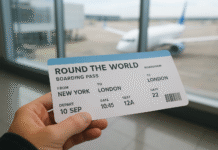Spending an afternoon at the Hiroshima Peace Memorial is not just a tourist activity—it’s a profound emotional experience that confronts the reality of war and invites deep reflection on peace. Located in Hiroshima, Japan, the memorial complex honors the victims of the atomic bombing on August 6, 1945, and stands as a powerful symbol of resilience and the global call for nuclear disarmament.
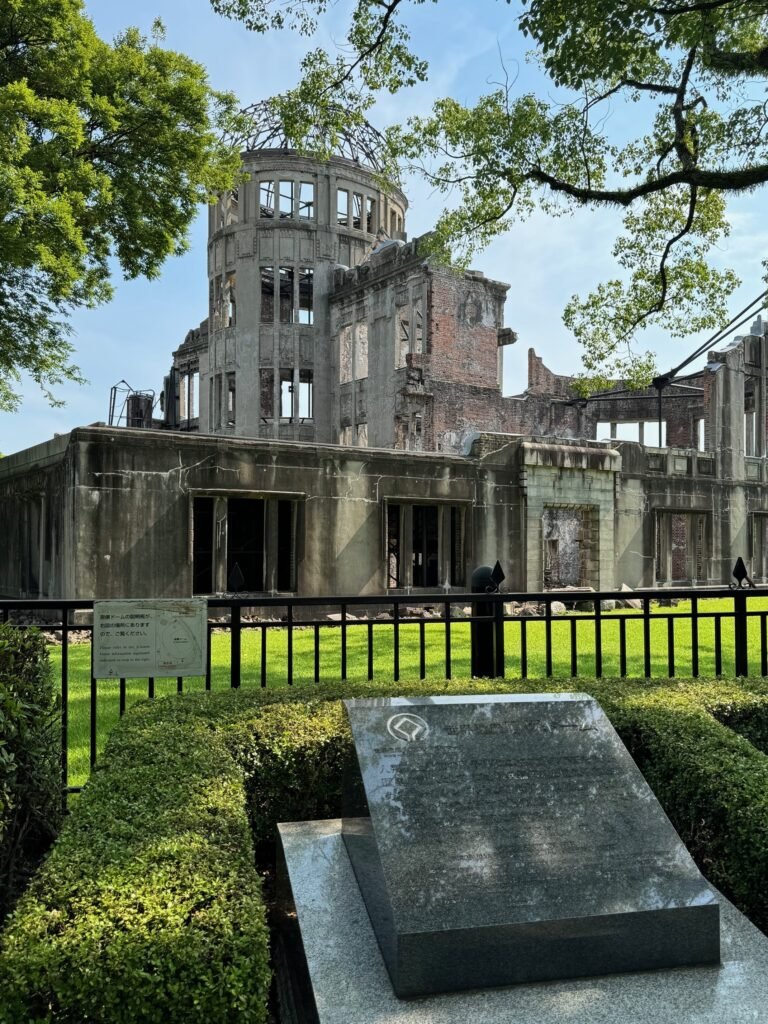
Getting There and Practical Tips
Hiroshima is easily reached via Japan’s efficient railway system. From Osaka, the shinkansen (bullet train) takes about 90 minutes; from Tokyo, it’s around four hours. Once at Hiroshima Station, take tram line 2 or 6 to Genbaku Dome-mae. The park is centrally located and clearly signposted in both Japanese and English.
Admission to the Peace Memorial Park is free. Entry to the Peace Memorial Museum costs around ¥200, and the museum is open daily until late afternoon. Set aside at least two hours to explore fully.
Exploring the Memorial and Museum
The park’s most iconic structure is the Genbaku Dome, or Atomic Bomb Dome, a preserved ruin that stood near the bomb’s hypocenter. Its twisted metal and broken concrete strike visitors with the devastating force of that moment.
Visitors typically follow a path through the park’s many memorials. The Children’s Peace Monument, adorned with paper cranes, commemorates Sadako Sasaki and other young victims. The Cenotaph, which holds a registry of names, sits in quiet alignment with the dome and a reflecting pond.
The Peace Memorial Museum is the emotional center of the site. Inside, you’ll find personal belongings—burned clothes, melted bottles, and haunting photographs. These artifacts bring the statistics to life and immerse visitors in the human stories behind the tragedy. The exhibits are direct but not graphic, ending with a call for global peace and reconciliation.
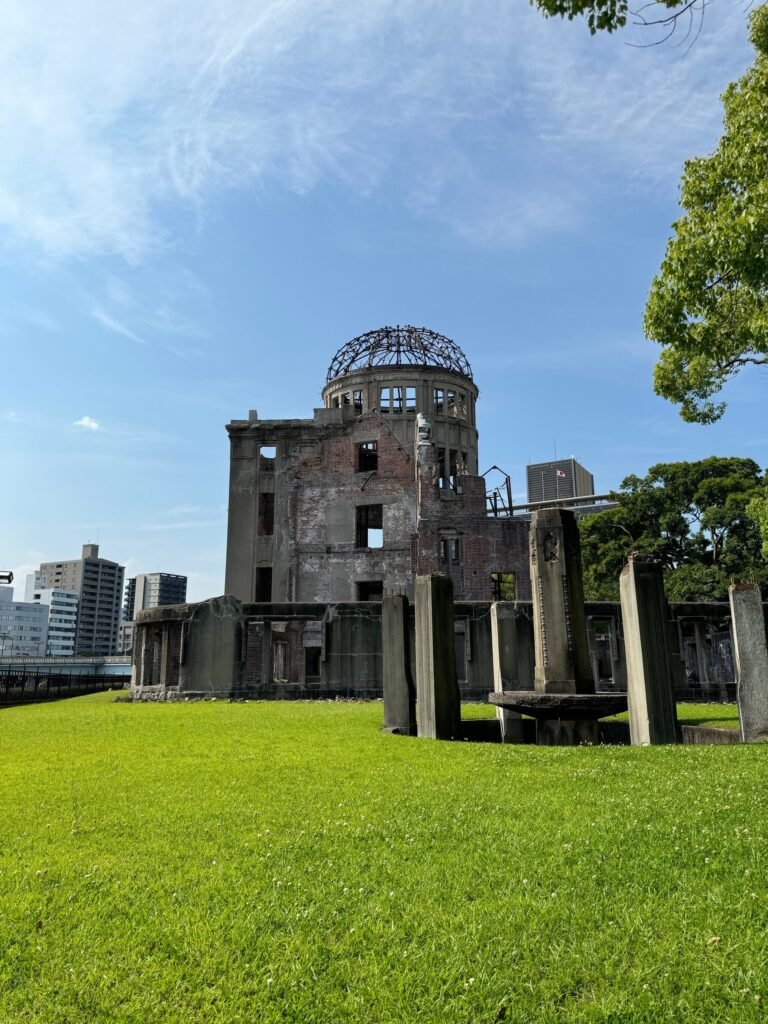
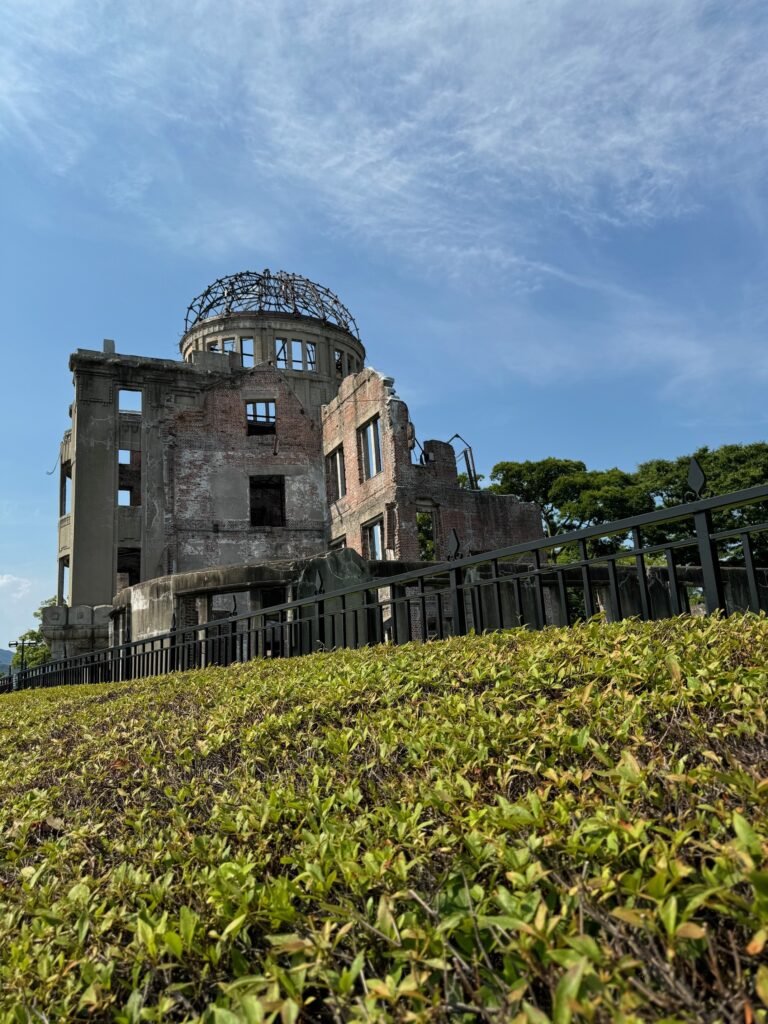
An Emotional Journey and the Importance of Peace
Time seems to pause in the park. Visitors speak softly, moved by the atmosphere and the weight of memory. There’s a quiet unity here—shared sorrow and shared resolve.
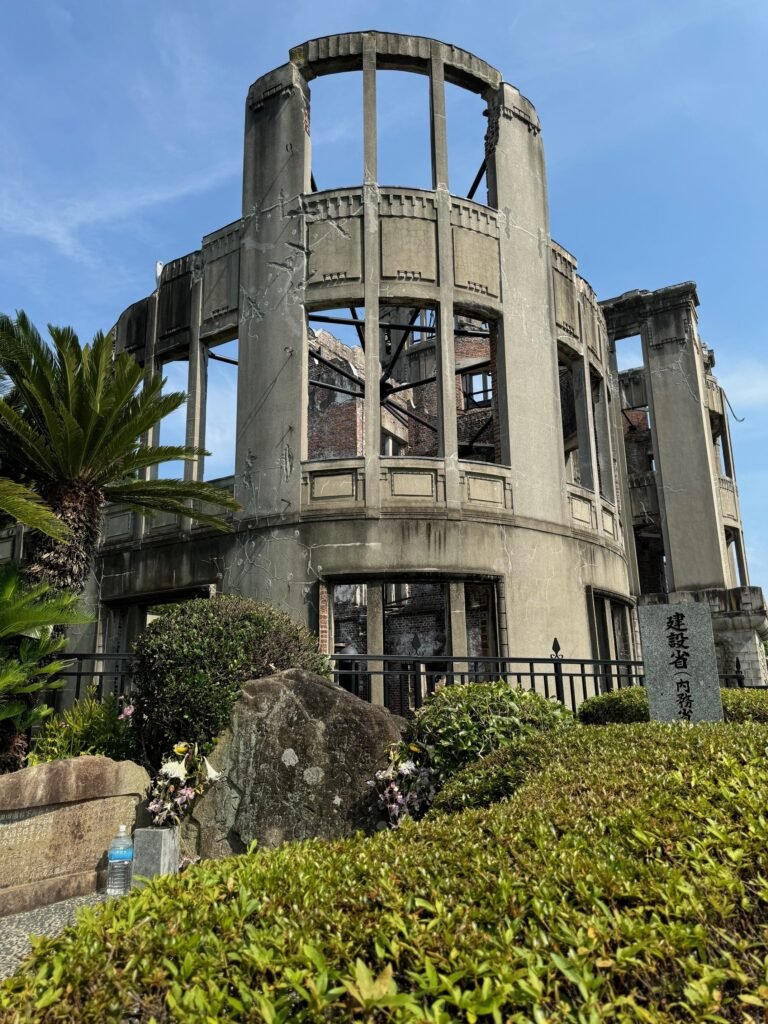
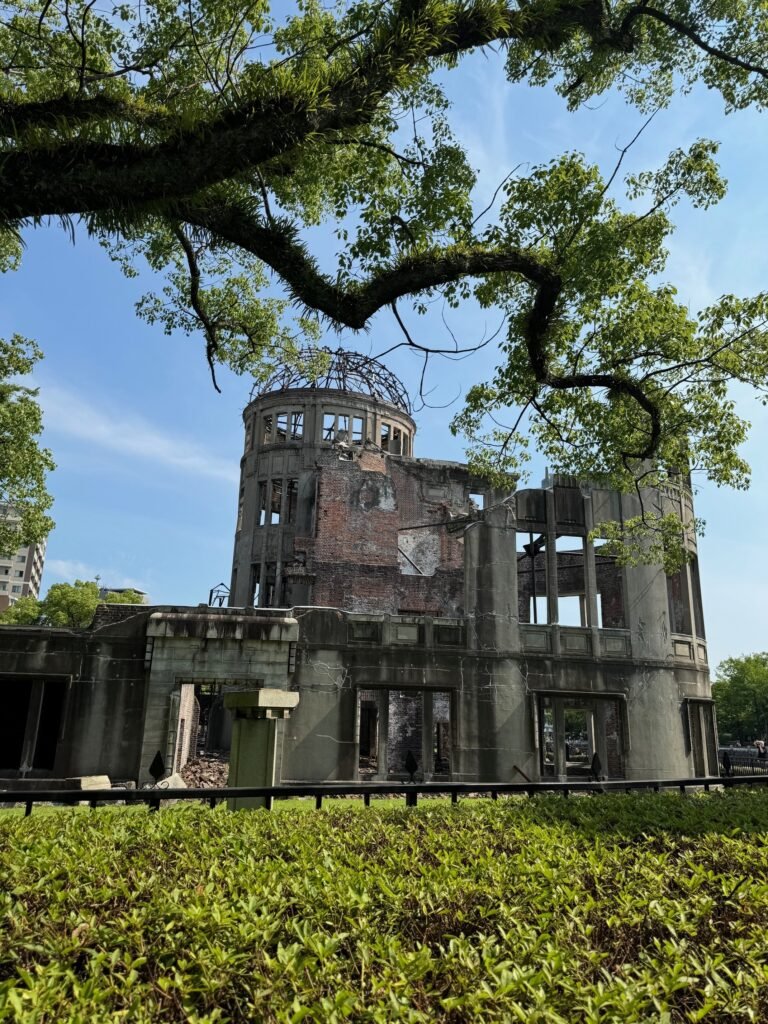
Visiting Hiroshima was something I’ll never forget. I expected to see a memorial and learn a bit of history, but I left feeling something much deeper. The Peace Memorial isn’t just about the past—it really makes you think about how important peace is today.
The bombing wasn’t just some event from a textbook. Real people suffered, and the effects lasted for years. But what stood out to me most was how the city chose to rebuild and focus on peace instead of holding onto anger. That was really powerful.
Walking through the memorial, everything felt quiet but meaningful. It made me realize how important it is to remember what happened, so we can try to build a better future. There’s a lot we can learn—if we’re willing to listen.




